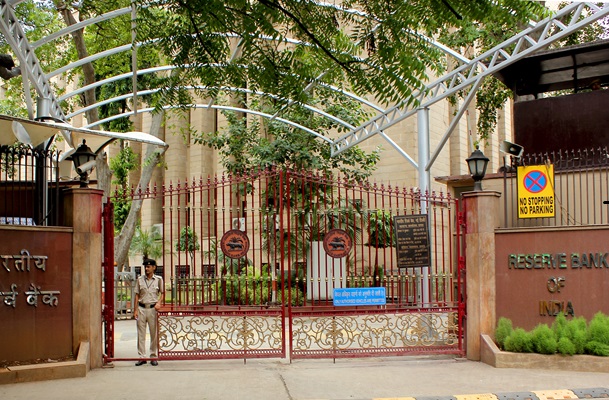.png)
Dancing With Doubt: When The MPC Abandons Certainty For Growth
As Trump’s tariff flip flop continues, the RBI embraces uncertainty with a pivot to dovishness, cutting rates and shifting stance.

Phynix is a seasoned journalist who revels in playful, unconventional narration, blending quirky storytelling with measured, precise editing. Her work embodies a dual mastery of creative flair and steadfast rigor.
April 10, 2025 at 3:22 AM IST
Dear Insighter,
"Certainty is the great enemy of unity. Certainty is the deadly enemy of tolerance... Our faith is a living thing precisely because it walks hand in hand with doubt."
Ralph Fiennes' monologue in the political thriller "Conclave" echoes through India’s economic landscape this week.
The Reserve Bank of India has just played its most dovish tune in years. Governor Sanjay Malhotra, in only the second meeting since his appointment in February, didn't just cut the repo rate by 25 basis points to 6%—he shifted the monetary policy stance to accommodative.
By delinking guidance from the global rate cycle, our central bank has made it crystal clear: domestic conditions will drive its actions. That clarity alone may be worth celebrating, but here's where doubt creeps in.
The RBI's projection for real GDP growth in 2025–26—at 6.5%, just 20 basis points below its February forecast—implies India will float untouched by global trade wars. As Dhananjay Sinha argues, this feels like the old decoupling thesis—one repeatedly debunked by history.
India's growth is highly sensitive to global trade volumes. The spiraling tariff fight between the United States and China won't politely stop at our borders. As this Basispoint Groupthink notes, with the global economy under strain, India's export-facing sectors will almost certainly take a hit, as will capital formation.
In a dramatic twist that underscores the nature of our times, Donald Trump has pivoted again. What began as reciprocal tariffs against 76 countries has now turned into a focused slugfest with China. Washington will impose a punishing 125% tax on all Chinese goods while pausing tariffs on other nations for 90 days. For India, the reprieve is bittersweet: while the immediate tariff sword hangs sheathed, the US-China clash threatens to disrupt global trade.
Vivek Kumar argued presciently that tariff shocks could hijack India's economic prospects, forcing the central bank to be the "front soldier" safeguarding growth. As Abheek Barua observes, the RBI's shift signals a growth-first approach. It's to their credit that they've picked the right fight. The changes in key forecasts of GDP growth and inflation—though somewhat mild—reinforce these priorities.
But is it enough? At the micro level, global recessionary impulses can lead to canceled orders and depleting demand. Merely emphasizing India's current balance-sheet strength is like focusing on last quarter's profits while the factory burns.
Meanwhile, in currency markets, silence speaks volumes. As Richard Fargose highlights, when the rupee swung sharply against the dollar, the RBI did something uncharacteristic: it stayed away. Between March 12 and 14, the rupee soared almost 2%. Instead of intervening, the central bank watched from the sidelines.
The message is clear: the RBI is no longer micromanaging the rupee. It's preparing for a world where external conditions are fluid, capital flows are volatile, and certainty is a luxury.
The RBI also faces other challenges. Calls to revive the fixed repo window have been gaining ground—a move that would undo a decade of hard-won liquidity discipline. The Liquidity Adjustment Facility today is caught between stated intent and operational response, weakening both policy signaling and transmission.
In a side note of institutional continuity, deputy governor Poonam Gupta indeed missed the April MPC meeting as Deputy Governor. With her formal assumption still pending, Deputy Governor M. Rajeshwar Rao continued holding monetary policy as an additional charge.
Faith, as Fiennes’ Cardinal reminds us, walks hand in hand with doubt.
The RBI has made its move. Now we wait to see if markets dance to its tune—or if the drumbeat of tariffs drowns it out. In monetary policy, as in life, credibility is currency—and for now, the RBI has bought itself time, space, and flexibility.
Until the next time, navigating uncertainty alongside you,
Yours truly.
Phynix


